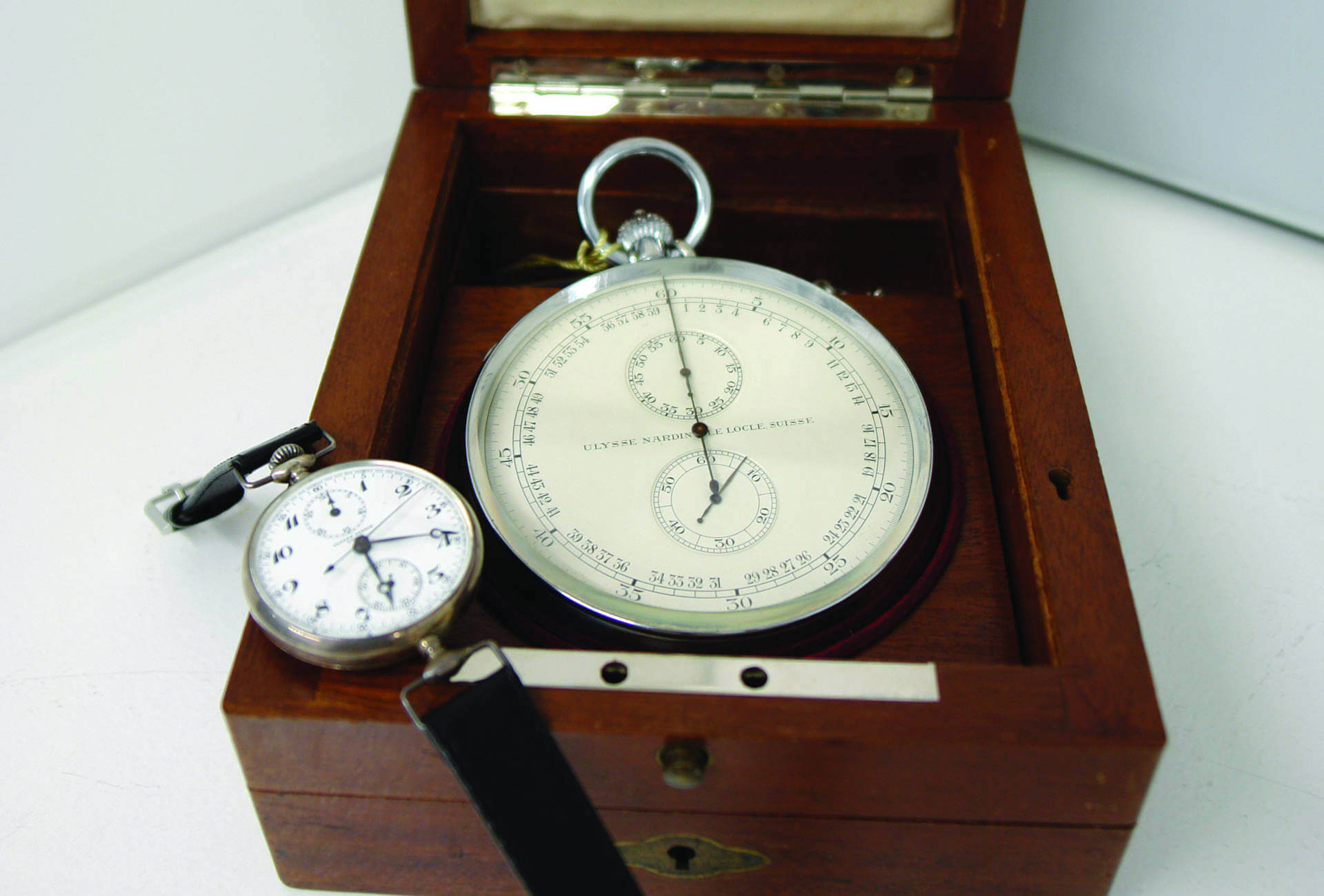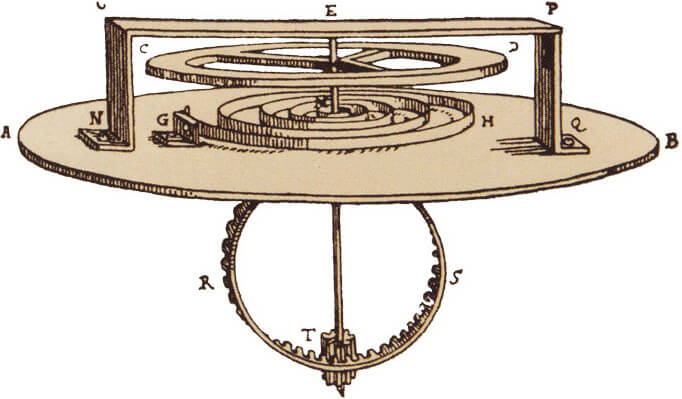“Free man! the sea is to thee ever dear!”. This line from Charles Baudelaire’s poem Man and the Sea has special resonance for horology, for without the means to precisely measure time, navigators could never have opened up new routes, away from charted waters where pirates lay in wait and clear of treacherous coastlines. From the mid-eighteenth century, marine chronometers and deck watches thus contributed to the discovery of “new” continents and Pacific island civilisations, and enabled scientists to add the last remaining land masses to maps.
Following one of the country’s worst losses at sea – a disaster off the Scilly Isles in 1707 in which four ships and thousands of English sailors perished – the British Parliament passed the 1714 Longitude Act. It offered a reward of £20,000 (the equivalent of £17,000,000 today) to whoever devised a method to determine the position of a ship at sea to within 30 miles. Any number of propositions followed, each more extravagant than the last, to the point that even the most eminent minds began to doubt whether the necessary measures could ever be obtained other than with astronomical instruments.
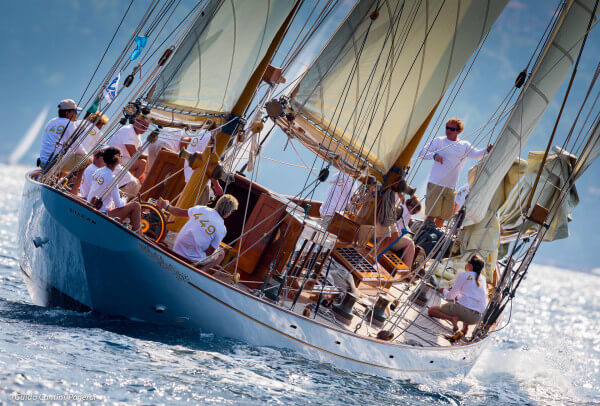
Rule Britannia
Astronomy was a highly respected science and clockmakers, among them George Graham (1673-1751), were convinced the answer to this “longitude problem” lay in the stars, using complex tables and abacuses to make the necessary calculations. Against all expectations, a carpenter and joiner by the name of John Harrison (1693-1776), a man with no formal education in clockmaking, would turn existing theories upside down. By building the H1 “sea clock” in the early 1730s, he proved that precise timekeeping was the one means for a ship’s crew to plot their position at sea without mathematical contortions.
Having proved their worth, and none more so than the H4 watch, made by the same John Harrison in 1765, marine chronometers would also reveal the limits of horological production, which at that time meant hand-building mechanisms one by one. Another maker, Larcum Kendall, produced the K1 in 1769, a copy of the H4 watch that was taken by Captain Cook on his second voyage in 1772. However, reproducing Harrison’s watch had proved to be a complex and time-consuming endeavour; the only hope of equipping every vessel that sailed the high seas with such a timepiece would be for far-sighted watchmakers to develop mechanisms that could be easily reproduced and escapements suitable for manufacture on a larger scale, and which would provide equivalent or greater precision than observatory regulator clocks.
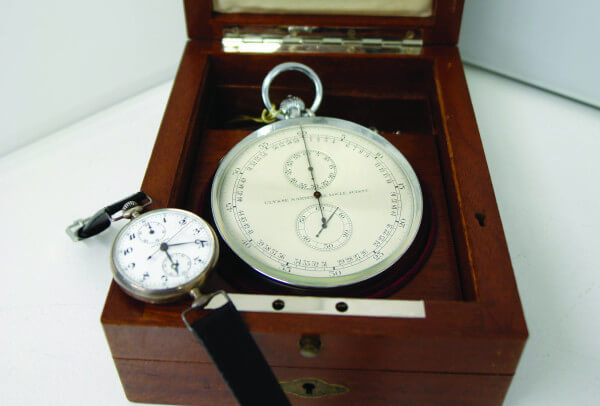
From slow beginnings
England’s John Arnold (1736-1799) and Thomas Earnshaw (1749-1829), the Le Roy brothers Julien (1686-1759) and Pierre (1717-1785) in Paris, and Ferdinand Berthoud in Switzerland all worked on precise and reliable timekeeping instruments. The need to produce chronometers not individually but in small series soon became apparent to English makers, who had the encouragement of the Board of Longitude and the work of Astronomer Royal Nevil Maskelyne (1732-1811), author of the lunar distance method. Even so, at the cusp of the twentieth century many ships continued to ply coastline and high seas with no reliable timepiece aboard. The majority relied instead on day-to-day measures made using nautical almanacs and lunar distances to determine their position with reasonable accuracy.
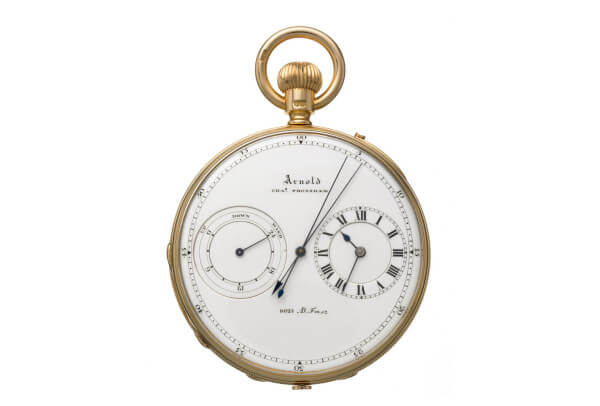
Officers on certain military or trading ships carried their own watch which they used to make comparative measures, with the help of a sextant and mathematical calculations. The spread of industrialisation during the second half of the nineteenth century led to increased demand for raw materials and the ships that would carry them. This prompted ship-owners to equip their vessels with reliable chronometers so the captain might locate precise position at sea, an added safeguard for the valuable goods they transported.
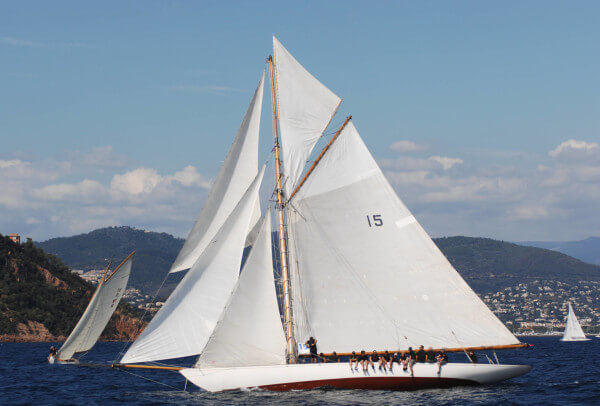
The industrial era
In the days before long-range weather forecasts and sat nav, captains were well-advised to set sail with a tried and tested marine chronometer, and demand would outstrip supply as from the mid-1800s as more and more clippers traversed the oceans to bring tea, cotton, precious metals and spices to new markets. Owners were willing to pay handsomely for precision timepieces that would guarantee their investments came safely to shore, and numerous watchmakers were eager to satisfy this demand. One, Ulysse Nardin (1823-1876), a Swiss watchmaker established in Le Locle, was soon challenging his English counterparts with instruments he proposed at a lower price. Among the dozens of English watchmakers producing chronometers from the 1850s, Thomas Mercer (1813-1898) was outstanding with respect to quality.
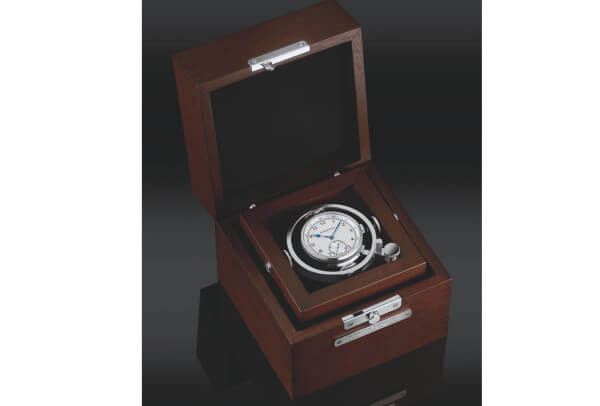
While still remembered as references in the field, not all production was the work of individuals such as Nardin or Mercer; industrial companies had their say too. The American manufacturer Hamilton supplied large quantities of marine chronometers for military purposes during the Second World War (8,902 chronometers for the US Navy; 1,500 for the Maritime Commission; 500 for the US Air Force). The German Navy had its suppliers in Glashütte (Wempe, Viking, Gub. Cordes), as did the French (L.Leroy, Breguet, Jaeger, Dodane, Auricoste) and the British (Dent, Thomas Mercer, Arnold & Frodsham). Zenith and Omega, among others, also supplied the allied forces with precision chronometers, as did Ulysse Nardin whose classic design was so skilfully copied by Soviet watchmakers at OKB-51 that only an expert eye can distinguish the Swiss movement (said to have a diamond endstone for the balance) from the Russian one (red synthetic sapphire).
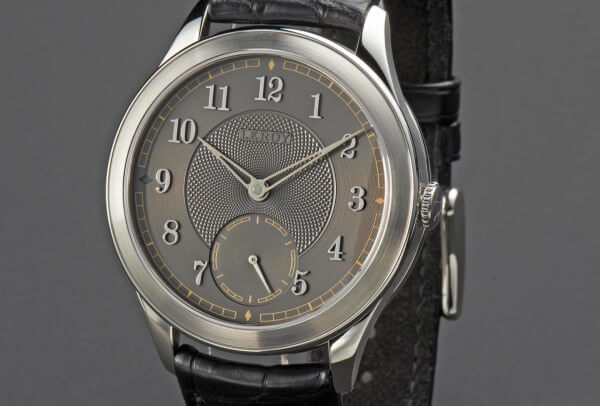
Only the Russians remain
Cheaper to make, more precise, and more attuned to naval specifications, the electro-mechanical devices that appeared in the 1950s, including those by L.Leroy, marked the beginning of the end for traditional production, despite the many quality models on the market. The advent of radio direction finding drove another nail in the coffin of these magnificent objects. Even so, sailors still take to the high seas with chronometer and sextant, lovingly preserved and no less valued after all these years.
Any sailing enthusiast wishing to relive their ancestors' experience at sea must turn to Russian production, still relatively widely available and often in good condition.
Indeed, a true seafarer knows that these two instruments are capable of plotting any point at sea, should the ship’s inertial navigation system fail. Regrettably, not a single specialised manufacturer today proposes classic marine chronometers with fusee-and-chain transmission and detent escapement (the most efficient form of detached escapement). Any sailing enthusiast wishing to relive their ancestors’ experience at sea must turn to Russian production, still relatively widely available and often in good condition, or older military instruments from the 1850s to the early 1960s, bearing in mind that these are generally in a state of disrepair and therefore require extensive restoration that makes them unsuitable for use at sea. As a last thought, naval forces that do not have their own positioning system would, in the event of global conflict, have to have recourse to these bygone instruments… which brings us back to the problem of lack of supply. Fortunately, any quartz watch can now do the job!











